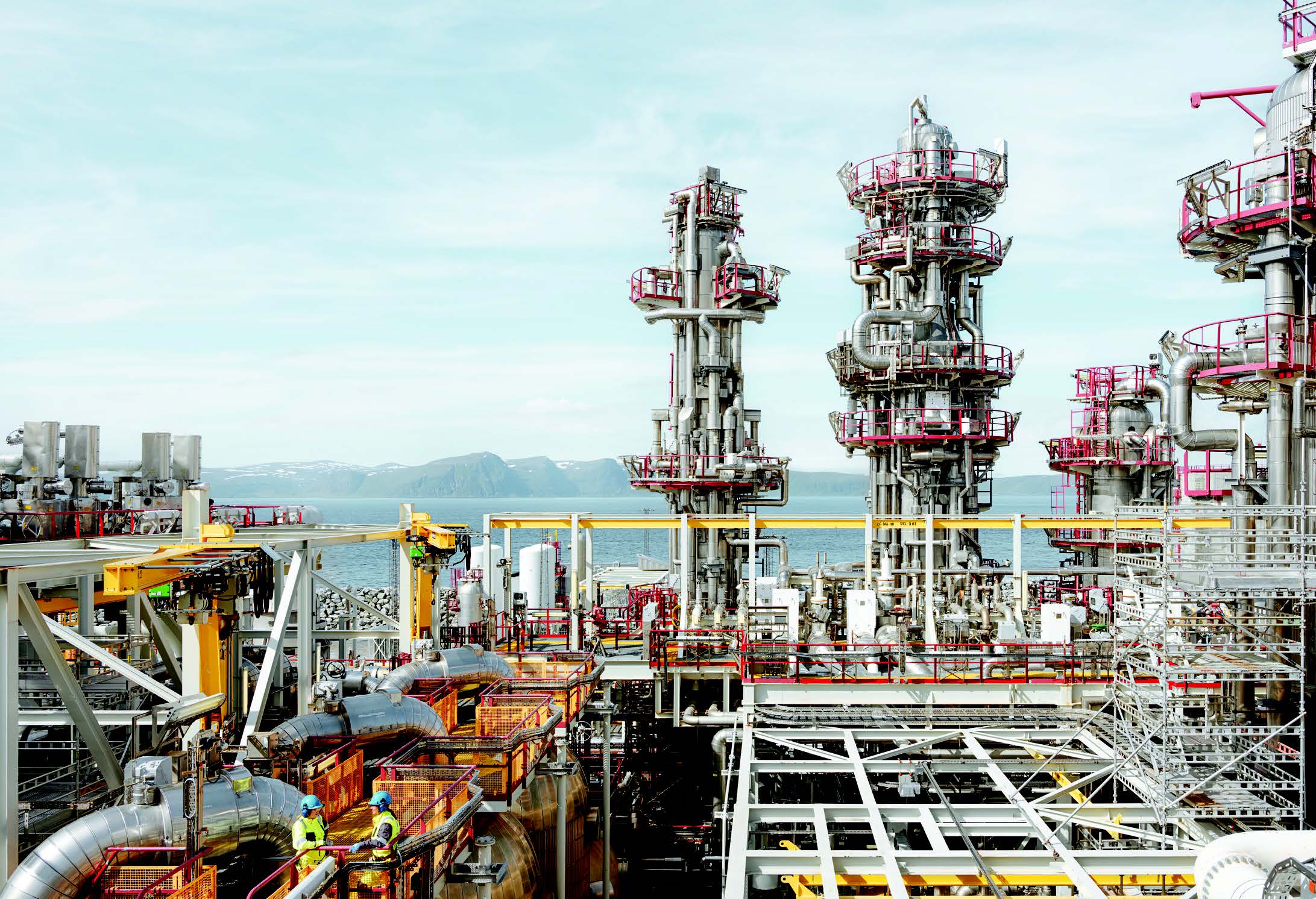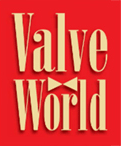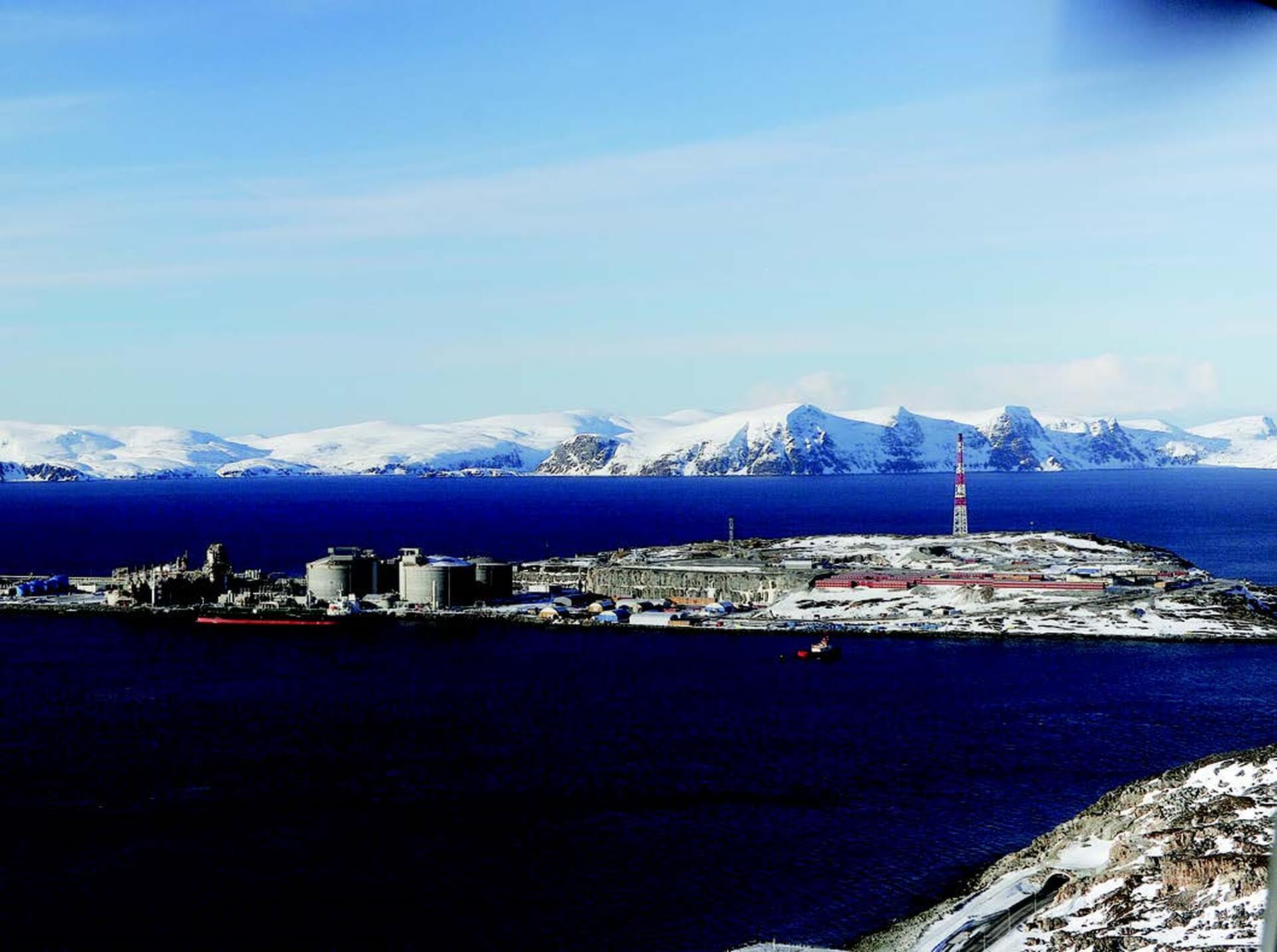Hammerfest LNG plant. Photographer Harald Pettersen/© Equinor
Equinor has awarded Aibel an EPCI contract for modification work at the Hammerfest LNG facility on behalf of the Snøhvit Unit partners. The contract has a total value of approx. EUR 736 million (NOK 8 billion).
Text by Equinor
Facing the unexpected
Based in Stavanger, Norway, Aibel builds and maintains platforms and other critical infrastructure for the energy industry. In February, it was awarded an EPCI contract that involves engineering, procurement, construction and installation of two new processing modules related to the onshore compression and electrification of the Melkøya plant in Hammerfest, Norway. They will also build a new receiving station for power from shore and carry out integration work at the plant.
The contract is an option in the FEED contract (front-end engineering and design) awarded to Aibel in September 2020. “Aibel has been one of our main suppliers for Hammerfest LNG since the start-up in 2007. They know the plant well, have set up a local department in Hammerfest, and have solid experience from other major modification projects on plants while on stream. I therefore have high expectations of them doing a good job safely. This contract will have major ripple effects locally, regionally and nationally,” says Mette H. Ottøy, Equinor’s chief procurement officer.
Further contracts to be awarded
Aibel will also carry out further upgrades of existing systems at Hammerfest LNG to make the plant more resilient for extended life until 2050. This year and next, Aibel will award several major contracts to its subcontractors for work at the plant and will facilitate the use of local suppliers in several phases of the project, including construction. The engineering/design work starts immediately.
Aibel will carry out large, complex modifications at Hammerfest LNG. They will also build larger modules at their yards and most of the work will be carried out in the period of 2024-2026.
The largest project at Melkøya since the plant came on stream Snøhvit Future will create significant ripple effects. It is expected that about 70 percent of the value creation will go to Norwegian companies, and more than a third of this to Northern Norway. Regional employment during the project period is estimated at 1,680 person-years (5,400 person-years nationally).

Reducing emissions
The Snøhvit Future project consists of online compression and electrification of Hammerfest LNG at Melkøya. As the pressure drops in the reservoirs, compression is required to ensure sufficient flow of the gas to the plant. The project will extend plateau production and ensure high gas exports, jobs and ripple effects also after 2030, while reducing CO2 emissions from the plant by 850,000 tonnes annually, corresponding to 2 per cent of Norway’s total emissions. The Norwegian parliament has decided to reduce Norwegian emissions by 55 per cent by 2030.
Approx EUR 1.2 billion (NOK 13.2 billion) will be invested in the Snøhvit Future project, ensuring continued operation of the plant towards 2050.
Hammerfest LNG
Hammerfest LNG was Europe’s first liquified natural gas (LNG) plant, and is located at Melkøya outside Hammerfest, Norway.
Online in 2007, Hammerfest LNG is a cornerstone company in Finnmark with about 350 permanent employees plus about 150 contractors and apprentices. During normal production, HLNG delivers 18.4 million standard cubic metres of gas per day, or 6.5 billion cubic metres per year. This corresponds to the energy needs of around 6.5 million European households, or 5% of all Norwegian gas exports. Production and landing take place from the Snøhvit, Albatross and Askeladd fields. The gas enters the plant through a 143-kilometre pipeline. At the plant, the natural gas is processed and cooled down to minus 163 degrees and stored in dedicated tanks before shipping. All products (LNG, LPG and condensate) are exported in tankers or trucks.
About Snøhvit
The Snøhvit field is located in the central part of the Hammerfest Basin in the southern Barents Sea at a depth of 310-340 metres. Snøhvit was discovered in 1984, and is the first field to be developed in the Barents Sea. The field includes the Snøhvit, Albatross and Askeladd structures. The Snøhvit Unit partners are: Equinor Energy AS (operator), Petoro AS, TotalEnergies E&P Norge AS, Neptune Energy Norge AS and Wintershall Dea Norge AS.
About this Featured Story
This Featured Story is an article from our Valve World Magazine, April 2023 issue. To read other featured stories and many more articles, subscribe to our print magazine. Available in both print and digital formats. DIGITAL MAGAZINE SUBSCRIPTIONS ARE NOW FREE.
“Every week we share a new Featured Story with our Valve World community. Join us and let’s share your Featured Story on Valve World online and in print.”



